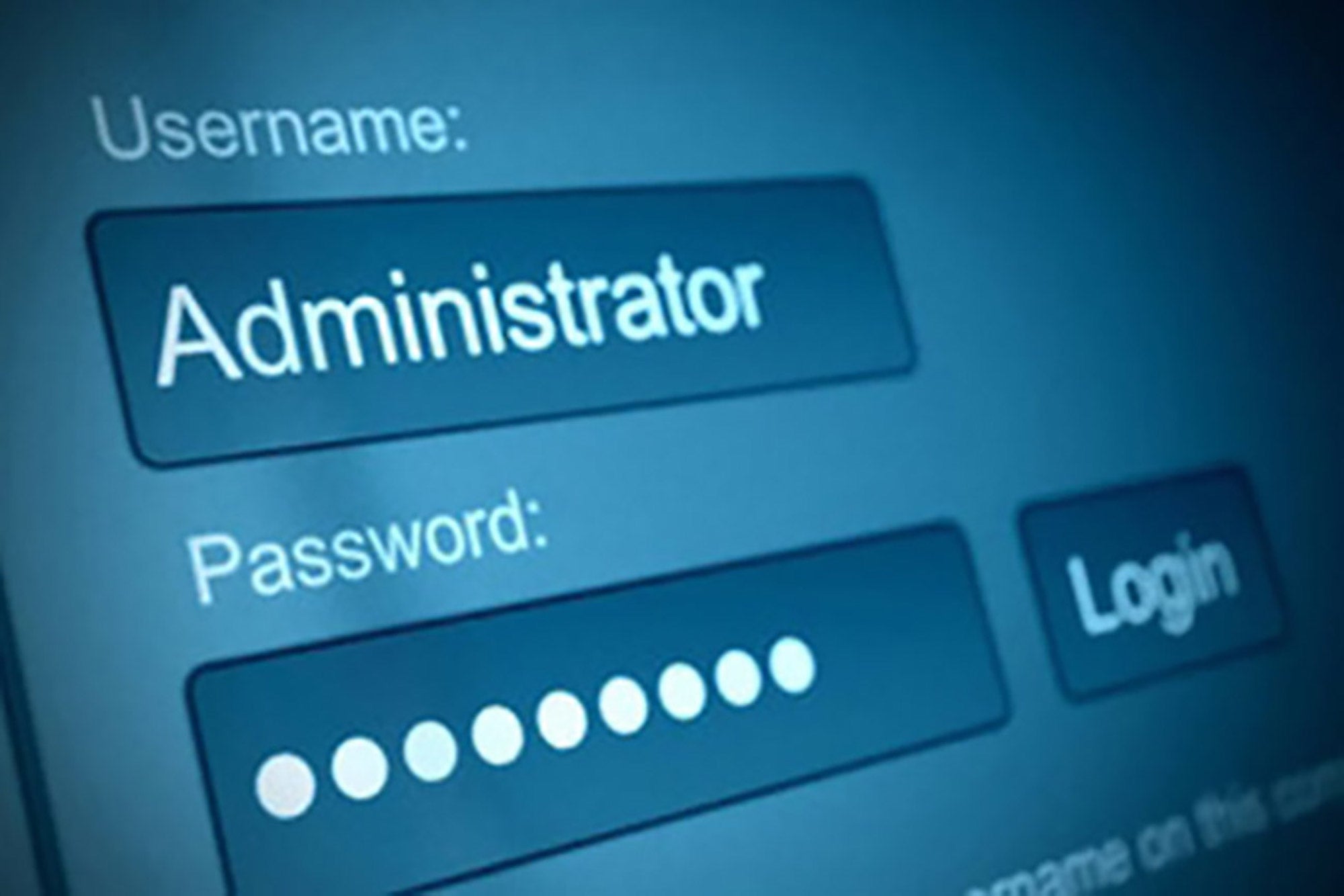8 Steps to Creating Stronger Passwords Use these guidelines to make sure you don't get hacked.
By Dylan Love
This story originally appeared on Business Insider

Today being Data Privacy Day and all, it's a perfect time to revisit that most basic element of internet security -- the password.
Just because your password replaces an "E" with a "3" and ends in an exclamation point doesn't make you invincible.
Here are some pointers to see how secure your password is and then pick a newer, stronger password if needed.
First of all, make sure you're not using one of these passwords
An analysis of hacked Yahoo accounts reveals some interesting trends in commonly-chosen passwords, reports The Star.
"123456" is at the top of the list, followed by "qwerty," "welcome," "ninja," and "abc123." If these sound like passwords of yours, it's time to make a change.
Related: Your Online Privacy Is Even More Important Today
Make them long
Longer passwords are obviously harder to crack. Make sure you're consistently exceeding the minimum length requirement on passwords that you pick.
Remember a complicated password
Lifehacker offers the following tip to make sure you're using a relatively complex password while having no problem remembering it.
"I always tell people to use a sentence. I drive a 1978 Volkswagen! = IDA78VW! or Living At Home Since 1972 Sux = L@HS72SX"
Don't use the same password for everything
If someone successfully cracks one password, it'll be the first password he guesses for your next web service. Make sure you're using several different passwords to prevent this from happening.
Related: These People Love Tech Brands So Much They Got Tattoos of Them
Invent a system to generate new passwords
Use a simple rule set to generate new passwords for each service you're logging into. Start with a base password and have a rule for attaching characters from the service onto the base.
For example, if your base is "a12b" and you want to log into Gmail, you might throw "gml" on the end, making your complete password "a12bgml."
Change it often
Switching passwords a few times a year makes it even more difficult for your account to be hacked.
Use two-step verification for Google
Google offers two-step verification for your account -- once a month you'll receive a text message that you'll have to type in before entering your normal password. It's one more thing we recommend doing to keep you safe online.
When you're all done, test your password
You can use a site like How Secure Is My Password to make sure your password will stand up to would-be hackers.
Related: Facebook Owes A Bunch Of People $10 (Maybe Even You)

 AP
AP Daniel Goodman / Business Insider
Daniel Goodman / Business Insider Google
Google howsecureismypassword.net/
howsecureismypassword.net/









